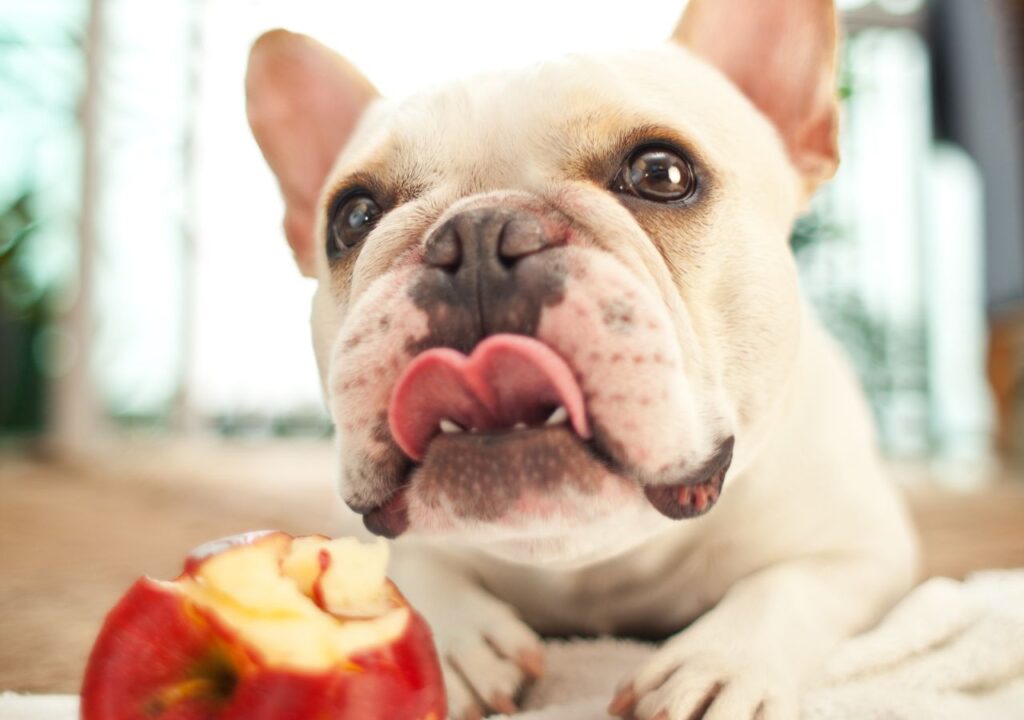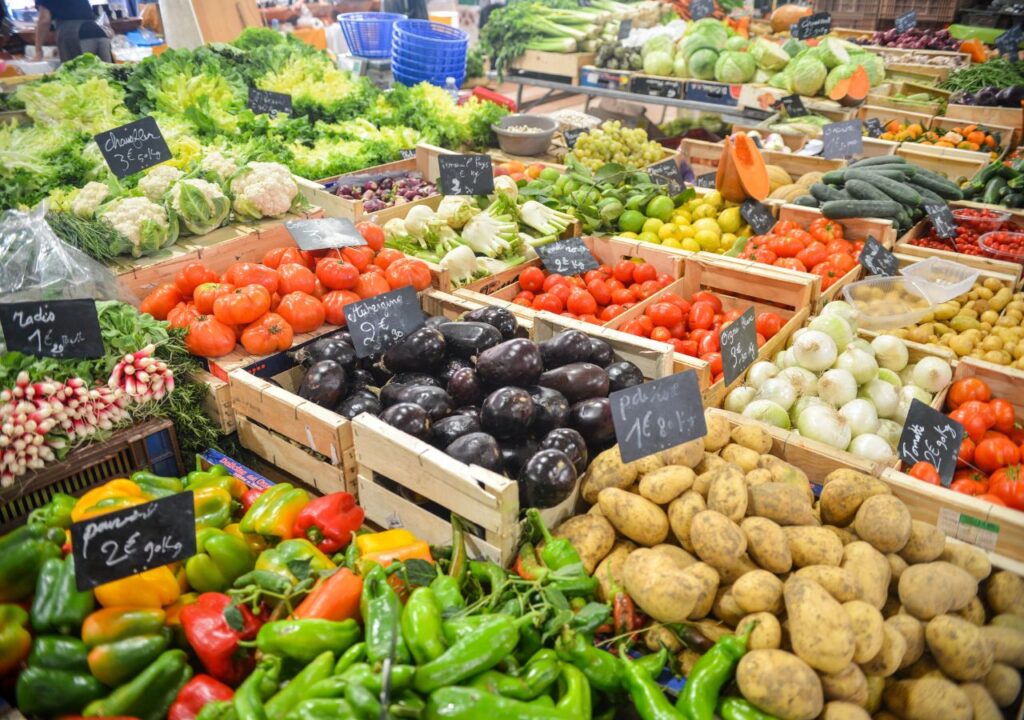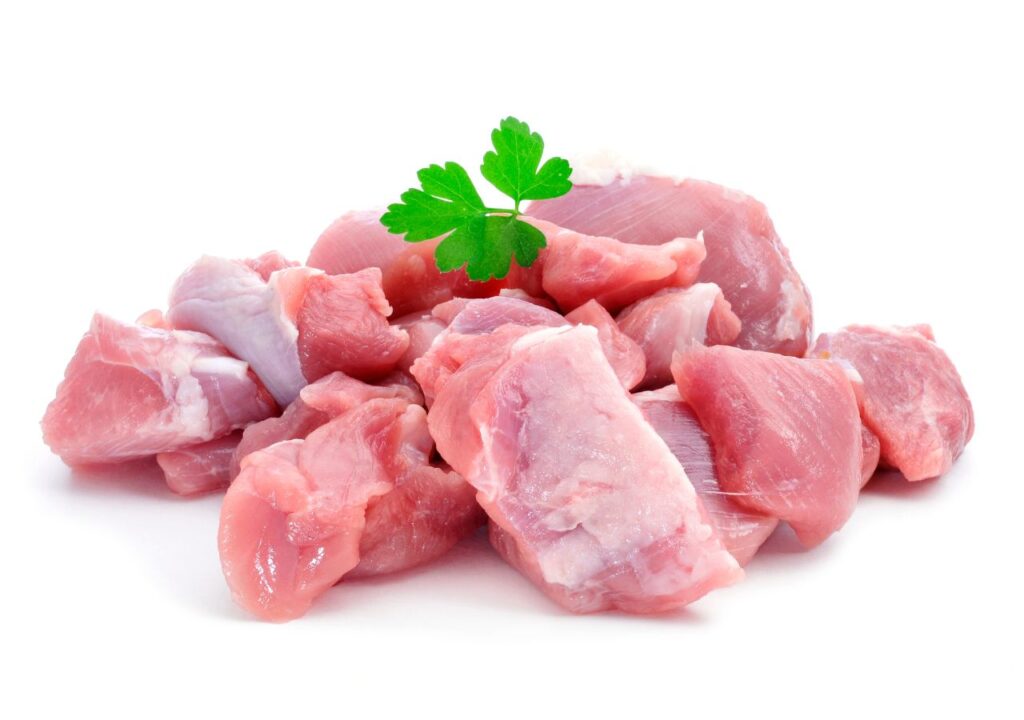More and more dog guardians are choosing to feed their pets a cooked food model. Cooking for your dog can be just as nutritious or even more nutritious than commercial food. The advantage over commercial food is certainly the quality of the ingredients used and the ability to customise the meal for your dog.
Cooking for the dog – when to start?
One of the reasons why you should cook for your dog is because your pet will not eat commercial food. There are some non-meat-eating dogs who simply don’t like dry or wet food, or who get bored very quickly. A cooked meal can be an ideal solution for a dog with a poor appetite, as it can be varied to keep it appealing.
Cooked food for a dog is generally gentler on the dog’s digestive system. This type of diet can work well for dogs suffering from various stomach conditions. Most commercial foods designed specifically for digestive problems are not very well formulated, so a good quality, well-balanced cooked food is ideal in this situation.
Cooking for your dog also works well for dogs with food allergies or intolerances. Cooked food allows us to follow an elimination diet, eliminating ingredients that cause allergic reactions. As we prepare our dog’s food ourselves, we choose the ingredients and know exactly what goes into his bowl.

Advantages of cooking for your dog
The main advantage of using a cooked food for a dog is, as I mentioned earlier, the certainty of knowing exactly what is going into the dog’s bowl. We have complete control over our pet’s food, we source the ingredients ourselves and we know their quality. As a result, we avoid unnecessary additives such as flavour enhancers, preservatives or colourings, which are often found in commercial foods.
Another benefit of cooking for your dog is the variety in the diet. This is a good thing for dogs because it means you can meet all of your pet’s nutritional needs. A varied meal is also attractive to the dog because of the variation in taste and smell.
Another advantage of cooked food for dogs is its freshness. You can prepare these meals on the fly, so you can always be sure that your pet’s food is fresh. You can also prepare meals for 3-4 days and store them in the fridge.
For smaller dogs, the cost of such a diet is also an advantage, as it is usually cheaper than commercial food. For larger dogs, the cost varies greatly, but it can be close to the cost of commercial food. However, it is important to remember that prevention is better than cure and over time the diet will be much cheaper than veterinary treatment.

Disadvantages of a cooked diet for your dog
One of the main disadvantages of cooking for your dog is the time it takes. This type of food is certainly more time-consuming than ready-made food because we have to prepare the meals ourselves. Therefore, a good solution is to prepare meals for a period of 3 – 4 days so that we can save some time.
Another disadvantage of this type of diet is the difficulty in finding the right recipe for your dog and preparing a well-balanced meal. It should be borne in mind that when choosing a cooked diet, where we prepare the meals ourselves, we must have the necessary knowledge to avoid causing deficiencies or overdoses of certain ingredients in our dog. For this reason, it is advisable to carry out regular blood tests to detect any irregularities in our pet’s diet.
If we are not sure whether the meals we are preparing for our dog are complete, it is a good idea to seek the advice of a veterinary nutritionist. If you need help with your dog’s diet, you can book a nutrition consultation with me.
Cooking for your dog – what should you keep in mind?
When choosing a homemade food for our dog, we need to be aware that, as with BARF, the meals need to be properly balanced to meet our pet’s complete nutrient, vitamin and mineral requirements. Some of the most important things to do before preparing a recipe for your dog include:
- Determine your dog’s energy requirements based on body weight, physiological state, activity and BCS assessment;
- Determine your dog’s nutrient requirements such as protein and fat based on energy requirements;
- Determine your dog’s micronutrient, macronutrient and vitamin requirements;
- Select the ingredients on which to base the dog’s recipe – the meat used in the dog’s cooked food should be meat intended for human consumption;
- Determine the Daily Allowance of the meal for our dog;
- Consider the variety of meals to cover the full needs of the various ingredients, vitamins and minerals;
- Analyse our dog’s health status to rule out potential allergies, intolerances and other health problems;

Recipes for a dog – what goes into a cooked meal for a dog?
A dog’s cooked food, such as a BARF diet, should contain adequate amounts of easily digestible protein, fats, micronutrients, macronutrients and vitamins, and an appropriate amount of carbohydrate in the diet.
The main ingredient in a dog’s cooked food should be meat. When choosing meat for our dog, it is advisable to consider its fat content and choose medium-fat meats. Meat itself is a source of protein with adequate biological value for the dog. Virtually any type of meat can be used in a dog’s cooked food, such as chicken, turkey, duck, beef, pork, veal, lamb, rabbit, horsemeat or the addition of fish. It is very important that we do not use bones in a cooked food. Cooked bones can be very dangerous to the dog and pose a threat to his life and health.
In addition to muscle meat, your dog’s diet should also include offal, such as heart, gizzard and liver. Giblets are a very valuable part of the diet as they are rich in minerals and vitamins. However, it is important to remember that offal alone should not be more than meat in the diet.
As a source of carbohydrates in a dog’s cooked diet, we can include vegetables and fruit. They are a dietary supplement that can aid digestion and many dogs tolerate meals better when they are included.
Vegetables that can be used in a dog’s diet include carrots, yams, turnips, radicchio, courgettes, squash, cucumbers, tomatoes, parsley root and celery.
Fruits that should not be added to vegetables include pineapple, watermelon, banana, peach, pear, raspberry, mango, apricot and strawberry.
Another group of ingredients that must be included in a complete cooked meal for our dog are supplements. Due to the lack of bones in a cooked food, the first thing to consider is an adequate calcium supplement, as well as supplements of iodine, B vitamins, fat-soluble vitamins A, D and E. Supplementation should also be tailored to the individual needs of the dog, i.e. the dosage should first be calculated according to its needs and on the basis of previous blood tests.
The last ingredient that should be added to a cooked diet is cooking water. It contains a lot of nutritional value that has been extracted during thermal processing. Therefore, to minimise losses, it is a good idea to add cooking water to our dog’s food.
Important rules of cooking for your dog
When choosing a cooked diet for your dog, it is important to remember that the same things that we put on our plate should not be in your dog’s bowl. Most of the spices that we use to prepare our meals, such as chillies, cinnamon, nutmeg and pepper, are toxic to our dog and can cause him great harm.
The daily food intake that we will calculate is really a starting dose. What is more important in this situation is the carer’s observation, i.e. at a certain dose we need to observe whether our pet is losing weight, whether it is getting too fat, whether it is full or perhaps excessively hungry. Based on this, we should gradually adjust the correct daily dose of food.
If you don’t want to follow the natural, raw BARF diet and opt for cooked meals, remember that the best method of heat treatment is boiling in water or steam. Avoid frying your dog’s food.
Always check the source of the ingredients used to prepare your dog’s food. Avoid products labelled as “dog meat”, as this indicates poor quality. The best rule of thumb is to buy ingredients that you would cook and eat yourself.




